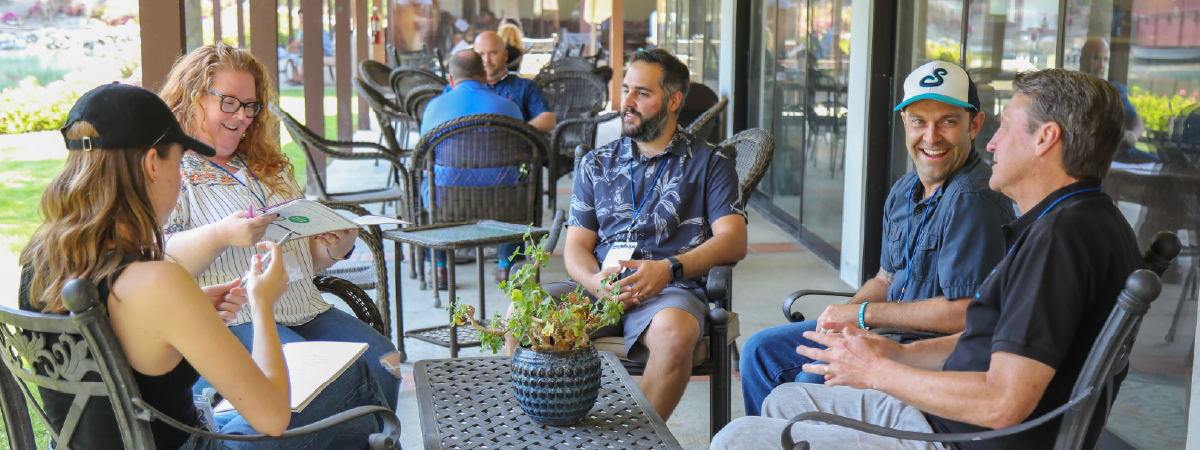Part One: Do we need a discipleship pathway?
1% growth in engaged parishioners (i.e. disciples) at your church results in 10%+ growth in volunteer hours and increased offertory. Disciples spend more time in prayer and study, are more generous, and actively evangelize.[i]
If incremental growth – yielding monumental change – is what we’re after, what is holding us back?

Where are we now?
For better and worse, there is no going back to life before the pandemic. Yet, for many parishes in the western world, we truly don’t want to. Prior to March 2020, 70% of baptized Catholics no longer attended Mass regularly, infant Baptisms were half of what they were 50 years ago, and many dioceses were closing or combining parishes. When the pandemic came, it accelerated downward trends – and revealed an amazing opportunity.
Transformation is possible.
Jesus accomplished more with twelve disciples than any one of us has achieved with a parish of thousands. [ii] What an incredible model of what is possible through the power of the Holy Spirit! The witness of these first disciples raises our eyes to want more, hope for more, and believe more deeply in the power of God to transform the world through Himself.
How does the Holy Spirit want to transform your parish?
We have an awesome task.
Our parishes have the awesome goal and responsibility to be transformed into communities on mission to share the saving message of Jesus Christ. So…where do we begin?
We can start by defining a discipleship pathway. Very simply, a discipleship pathway is our plan to:
– Accompany parishioners and guests to encounter Christ.
– Assist parishioners and guests to deepen their relationship with him (individually and as a community). So that…
– Empowered by the Holy Spirit and growing intentionally in the image and likeness of Christ, they proclaim the Good News to others by their words, actions, and the witness of their lives.
Why do we need a path?
A path provides markers of progress; sureness of direction. We know where we are, and where we are going. For the parish, a discipleship pathway charts a course and unites the community around shared values and mission.
Note: it’s a pathway, not a concrete tunnel. People will enter and exit the pathway at different points. It is not about providing a specific destination, but a direction that leads us towards Christ. Ultimately, a discipleship pathway propels us on a lifelong journey that is guided by the Holy Spirit and is unique to each person.
Mission Pathways provides the tools to not only accompany individual parishioners and guests along the path of spiritual growth, but to also track the progress of a parish as a whole.
Why track progress along a path? Because it’s hard to improve what we don’t measure. And when it comes to sharing the saving message of Jesus Christ, effectiveness matters.
Continue with part two of this series, “Creating a Discipleship Pathway“.
[i] Four Signs of a Dynamic Catholic, Matthew Kelly, 1/1/2012
[ii] No Silver Bullets, Daniel Im, 2017
